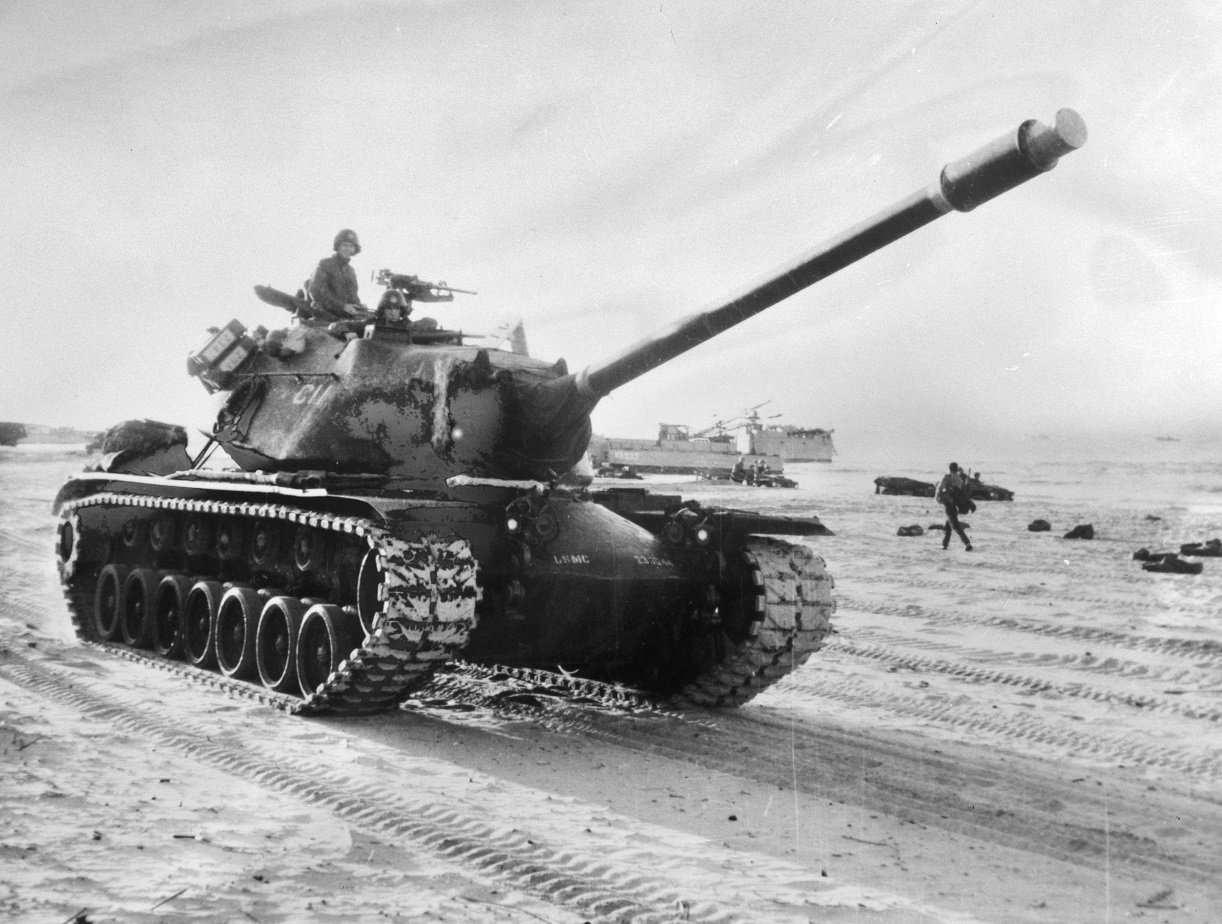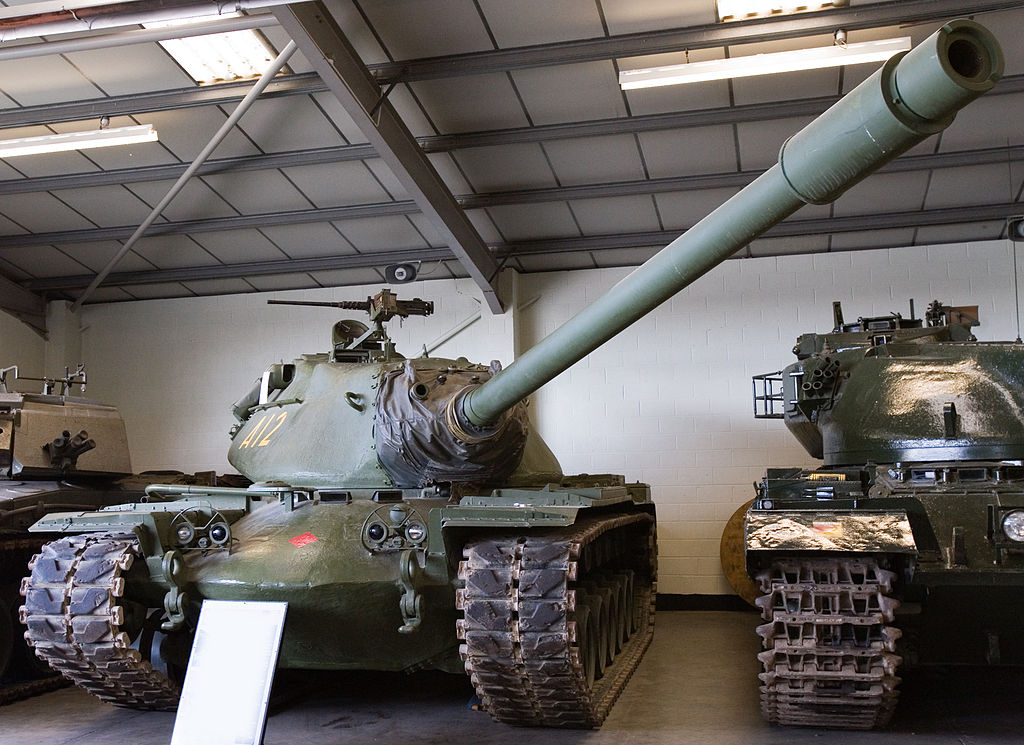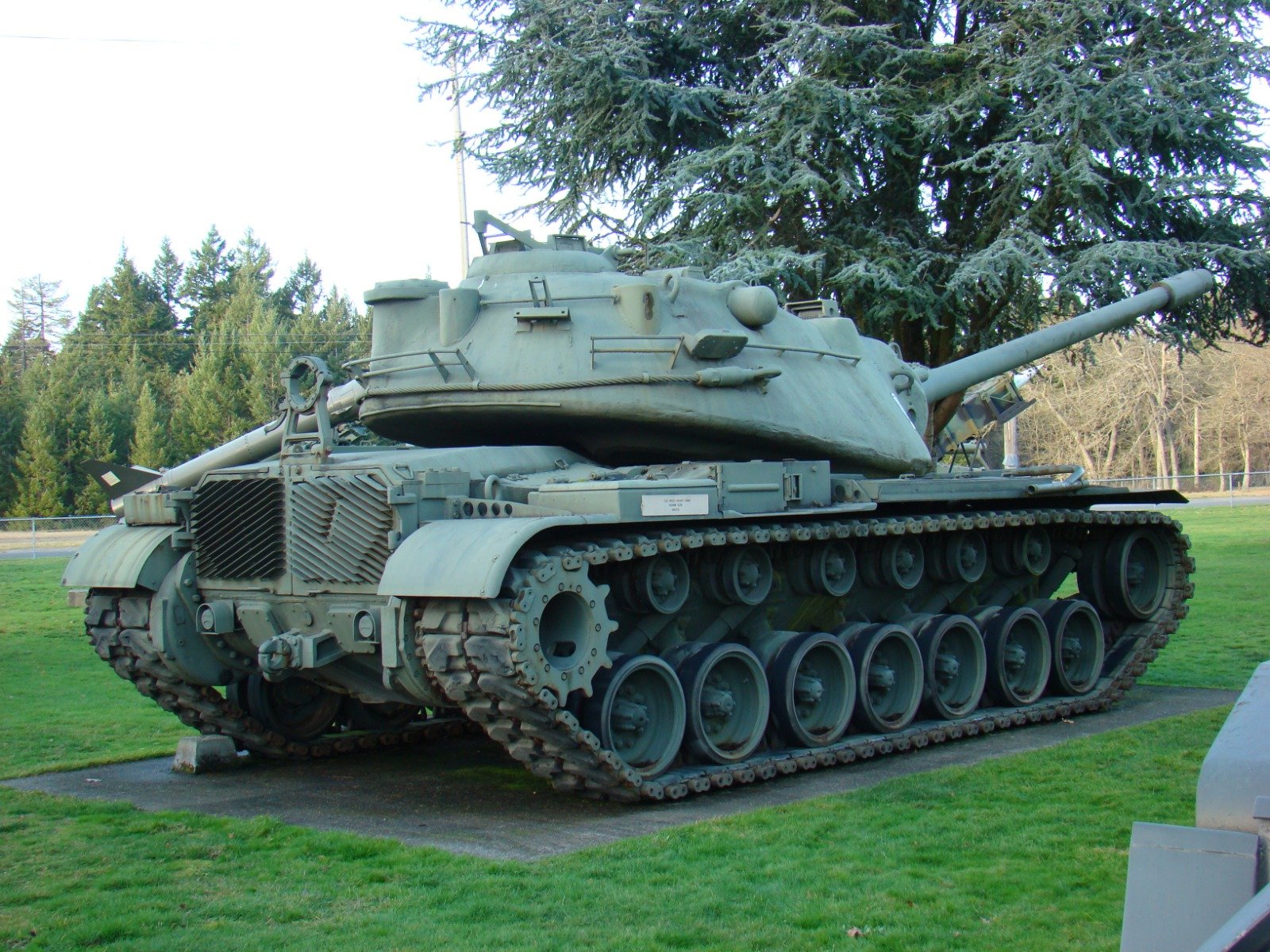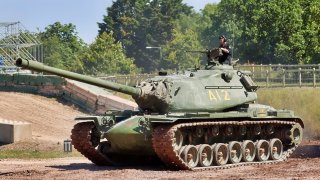M103 Heavy Tank Was Built to Fight Russia (But Never Did)
The M103 was a heavy tank developed by the United States in the 1950s to counter Soviet heavy tanks like the IS-3 and IS-4. Weighing 62 tons and equipped with a powerful 120mm main gun and up to five inches of front hull armor, the M103 was designed for direct engagement with enemy heavy tanks.
What You Need to Know: The M103 was a heavy tank developed by the United States in the 1950s to counter Soviet heavy tanks like the IS-3 and IS-4. Weighing 62 tons and equipped with a powerful 120mm main gun and up to five inches of front hull armor, the M103 was designed for direct engagement with enemy heavy tanks.

-However, its massive size led to significant drawbacks, including a low top speed of just 21 miles per hour and a limited range of 80 miles, making it unsuitable for rapid movement or long-distance operations.
-The M103 was eventually replaced by the smaller, more successful M60 Patton tank, which served the U.S. Army for four decades and remains in service with other militaries.
Tanks are built in many sizes – everything from light tanks, quick and nimble, able to scout enemy locations and provide pinpoint firepower, to medium tanks that offer an attractive blend of firepower and mobility. The M103 was meant to be massive, but such large tanks have numerous drawbacks.
During World War II, the conflict most people remember as the heyday of tank warfare, most of the tanks fielded were of medium design. The Germans and the Soviets, however, fielded heavy tanks that proved to be quite powerful, capable of overwhelming enemy troops and fortified positions. The heavy tanks could overwhelm smaller tanks, making the United States doubt the effectiveness of their M4 Sherman, which struggled to compete against German Tigers. Even the American M26 Pershing, heavier than the Sherman, could not confront the German Tigers and Panthers head-on. Accordingly, the Americans began developing a heavier tank before World War II had concluded.

After the war, the Americans were particularly concerned with Soviet heavy tanks including the IS-3 and IS-4. These tanks were heavier than anything in the American inventory, with heavy front armor and a 122 mm main gun.
Introducing the M103 Tank
Three hundred “Tank, Combat, Full Tracked, 120mm, M103” tanks were built in the 1950s to meet the Soviet heavy tank threat. The tank was known simply as the M103 – it was never given a nickname.
The M103 “was as well armored as it was armed, with upwards of five inches of hull armor at the front,” Peter Suciu wrote. “It weighed 62 tons and had a crew of five. It was a tank that could do some hard-hitting and wouldn’t need to run from a fight.”

But with the M103’s massive size and firepower came some significant drawbacks. The M103 had a top speed of just 21 miles per hour, and a range of just 80 miles. It was not ideal if you needed to move quick or travel far. The tank was also rushed into service, with deficiencies that became obvious once it was delivered.
The tank that would eventually replace the M103 was the M60 Patton, which was notably smaller than its predecessor, and appreciably more successful. The M60 served for four decades with the U.S. Army and is still in service today with other militaries.
About the Author: Harrison Kass
Harrison Kass is a defense and national security writer with over 1,000 total pieces on issues involving global affairs. An attorney, pilot, guitarist, and minor pro hockey player, Harrison joined the US Air Force as a Pilot Trainee but was medically discharged. Harrison holds a BA from Lake Forest College, a JD from the University of Oregon, and an MA from New York University. Harrison listens to Dokken.
Image Credit: Creative Commons.


